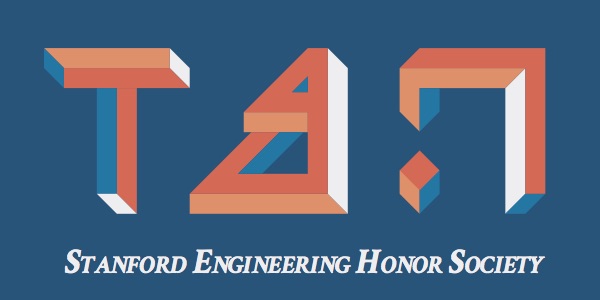As I finish up my final quarter at Stanford and look ahead to a job outside of engineering, I’m forced to grapple with the fact that I may never use the technical skills developed over my last four years in the MS&E department. The tedious note taking, the time spent at office hours, and the late nights in Huang required to deeply and confidently understand class material may be overkill en route to a job in finance which will traditionally not require me to call upon such knowledge. In fact, many of my future peers will have pursued a degree which provided them with a strong foundation of vocational knowledge and highly practical skills. On the surface, it may seem that I’ll be disadvantaged against my peers on the first day; however, I think falling into the trap of seeking to conform to the traditional skill set of a financial analyst would be a missed opportunity for myself and other Stanford MS&E graduates. Instead, we have the opportunity to provide a unique perspective on decision making and bring fresh ideas on how to apply operations research techniques to stale, antiquated industry practices and differentiate ourselves from our peers.
Central to the MS&E major is developing an understanding of how to make decisions under uncertainty. Moving one level deeper, we might add that these decisions are made in a world typically characterized by limited information and with options containing inherent risks. These decisions, big and small, will come to characterize our lives in finance on a daily basis. From deciding on growth projections in a financial model to deciding to spend billions of dollars on an investment, decision making skills are essential to a successful career.
In our coursework, we developed methods to solve these types of problems in an academic environment, with such methods including decision trees, linear optimization, Markov Chain modeling, and Monte Carlo simulation, among others. While we may not use any of these methods in practice, the spirit of such tools should not die in our daily work. Central across methods is a careful consideration of a decision maker’s objective function and an understanding of the tradeoffs and risk necessary to achieve an outcome. As a decision maker, we must also understand if a level of risk is tolerable and if we’re comfortable operating under a specific set of constraints. Furthermore, we recognize that future events are often inherently random and occur with a probability characterized by some underlying distribution. While these insights and procedures do not call upon technical skills developed in the MS&E coursework, they provide a nuanced understanding of making complex decisions that don’t allow for prescriptive solutions. Consistently making thoughtful and informed decisions throughout our careers will give us a leg up on our peers.
On top of utilizing the decision-making skills developed throughout the major, MS&E students also have an opportunity to replace antiquated processes in the financial services industry with methods learned in the classroom. During the summer following my Junior year, I interned at a middle-market LBO shop. I was consistently tasked with building financial models to project the cash flows and eventually the profitability of a prospective investment. Standard operating procedure was to build out three projections: an “average,” “upside,” and “downside” case. These models, along with industry knowledge, were then used to make investment decisions. That is crazy! There was absolutely no understanding of the distribution of returns! Investments which seemingly exhibited little risk and had a tight distribution of returns were given equal weight to those which exhibited wild variance. In essence, risk was being not being correctly priced into the purchase of the asset. There seems to be a huge opportunity to build a model utilizing a method such as Monte Carlo simulation – a technique used to simulate stochastic events – to more accurately understand projected investment returns. Deploying such a technique would give any firm a leg up on their peers. Here I’ve outlined one instance where MS&E methods could be utilized, but if my intuition serves me right, opportunities abound!
Students are often concerned about entering day one of their job with as much job-specific knowledge as possible, looking to drive some sort of competitive advantage against their peers. While this may provide an advantage over the short run, entering a job with a strong understanding of decision-making methodology and modern quantitative tools will provide me and other MS&E graduates a differentiated way of looking at complex problems and an advantage in the long run.
Blogger:
Justin Kahl
Why did you choose to be an engineer?
I came to Stanford with a strong interest in Economics and other Social Sciences, but after taking a few MS&E classes, I was intrigued by the methods used to solve problems in Operations Research and haven’t looked back since.
Hometown:
Charlotte, NC
Class year:
2019
Field:
Management Science & Engineering
Blogger bio:
Justin is a Senior majoring in Management Science & Engineering and minoring in Economics. He will be joining Bain Capital as an Analyst on the North America Private Equity team after college.

